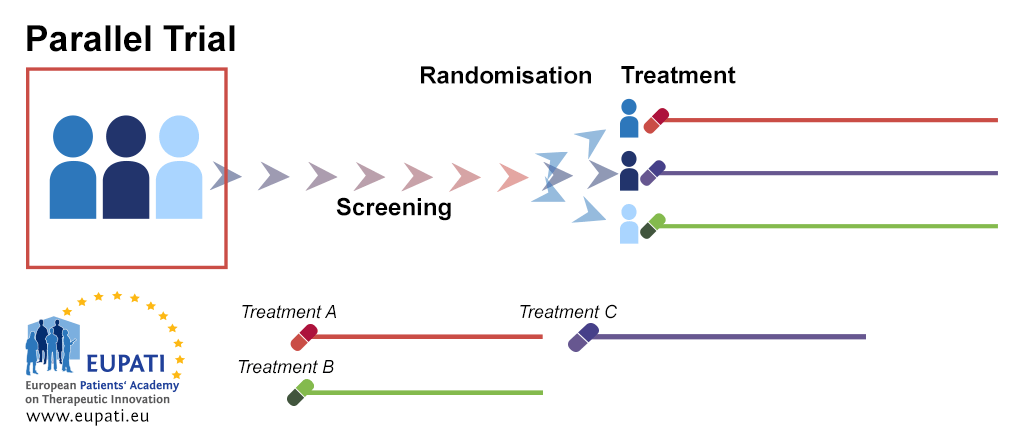

FACTORY METHOD RUN SEQUENTIAL TESTING HOW TO
The information gained at each stage of experimentation is invaluable in considering how to continue the investigation. The following table summarizes some possibilities: Table 1. A series of tests, referred to as sequential experimentation, is a recommended practice that can be best planned, at least in terms of a general strategy, prior to test. You can run a test multiple times with different arguments by annotating the test method with ParameterizedTest annotation and declaring at least one. If you need a specific order for your tests, you have a lot of choices between dependencies (groups. When staying in a hotel you first have to check in. A simple real life example of the Factory Method is the hotel.

Each test procedure shall be described in a logical sequence i.e. The factory instantiates test classes, it doesnt run them. The Factory method works just the same way: it defines an interface for creating an object, but leaves the choice of its type to the subclasses, creation being deferred at run-time.

Create two packages in the projects (name them as com.suite1 and com.suite2) Create a class in each package (name them as Flipkart.java and Snapdeal.java) and copy the below code in respective classes. In order to do that follow the below steps. The annotation is very flexible and can be used for a variety of use cases. The Factory Acceptance Test (FAT) is a process that evaluates the. Step 1) Creating a TestNG.xml file for executing test.


 0 kommentar(er)
0 kommentar(er)
